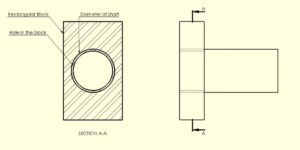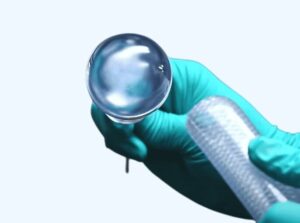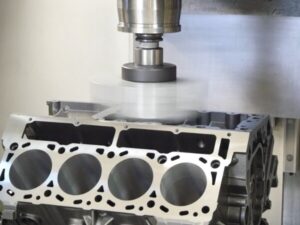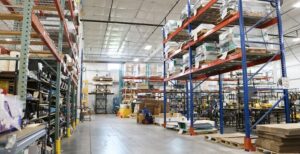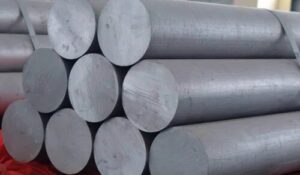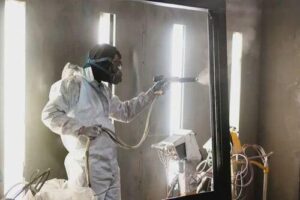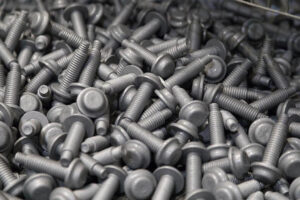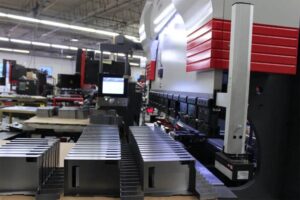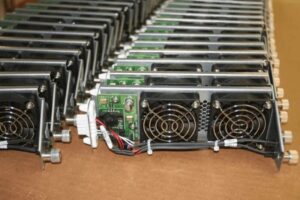
Value Added Assembly: How OEMs Cut Costs and Boost Efficiency?
Value added assembly goes beyond simply putting parts together. It is a process that combines several steps into one service. Instead of sending parts to different vendors for sub-assembly, wiring, fastening, or packaging, one provider handles everything under the same roof. This reduces handoffs and keeps production flowing smoothly.


